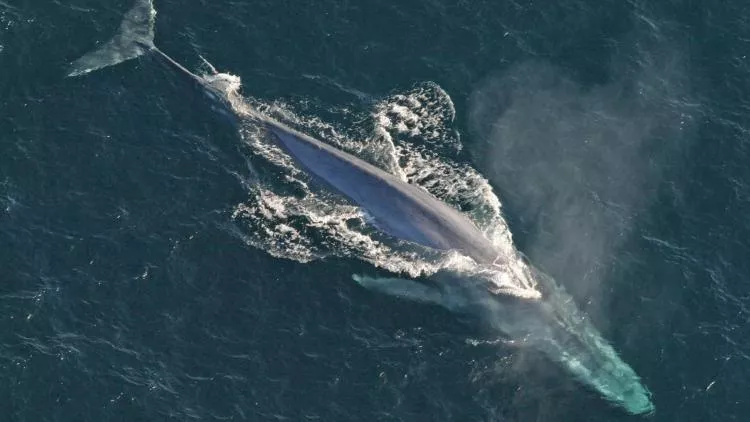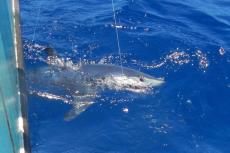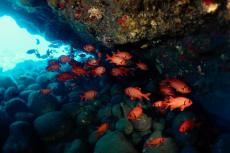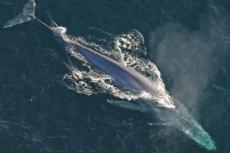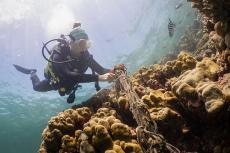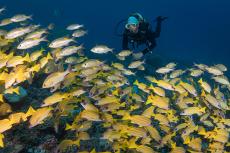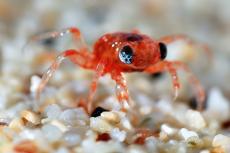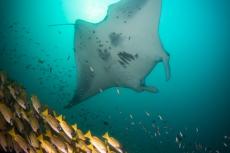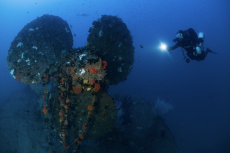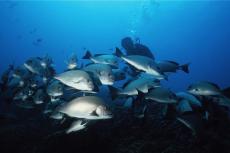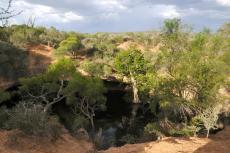New Population of Pygmy Blue Whales Discovered
A team of scientists from the University of New South Wales are confident they've discovered a new population of pygmy blue whales, the smallest subspecies of blue whales, in the Indian Ocean
Pygmy blue whales are the smallest members of the blue whale family, but that's the only small thing about them: they can reach up to 24 meters long.
Despite their enormous size, blue whales have been difficult to observe in the Southern Hemisphere as they live offshore and don't jump around like the humpback whales; thus, for some regions, their population structure, distribution and migration routes remain poorly understood. In particular, little is known about the blue whales in the northern Indian Ocean.
Fortunately, blue whales produce powerful and stereotyped songs, which prove an effective clue for monitoring their different ‘acoustic populations. Blue whales produce powerful and stereotyped songs, that they repeat in sequences for hours to days. Each blue whale population has a distinct vocal signature, which can be used to distinguish and monitor different ‘acoustic populations’ or ‘acoustic groups’.
It turns out the Indian Ocean has an incredible diversity of blue whale acoustic populations.
Until very recently, there were four recognized blue whale populations from two subspecies: the Antarctic blue whale (B. m. intermedia), that is believed to produce the same song across the Southern Hemisphere; and three acoustic populations of the pygmy blue whale (B. m. brevicauda).
The pygmy blue whale populations are distinguishable only acoustically; they do not display morphological differences and genetic data are sparse.
A lot of pygmy blue whales
"We've found a whole new group of pygmy blue whales right in the middle of the Indian Ocean," says UNSW Professor Tracey Rogers, marine ecologist and senior author of the study. "We don't know how many whales are in this group, but we suspect it's a lot by the enormous number of calls we hear."
The team named the newly found population "Chagos", after the archipelago they were detected nearby.
The discovery was made possible using data from the Comprehensive Nuclear-Test-Ban Treaty Organization (CTBTO), an organization that monitors international nuclear bomb testing.
Since 2002, the CTBTO have been using advanced underwater microphones (called 'hydrophones') to detect soundwaves from potential nuclear bomb tests. The recordings - which pick up many other detailed ocean sounds - are available to scientists to use for their marine science research.


